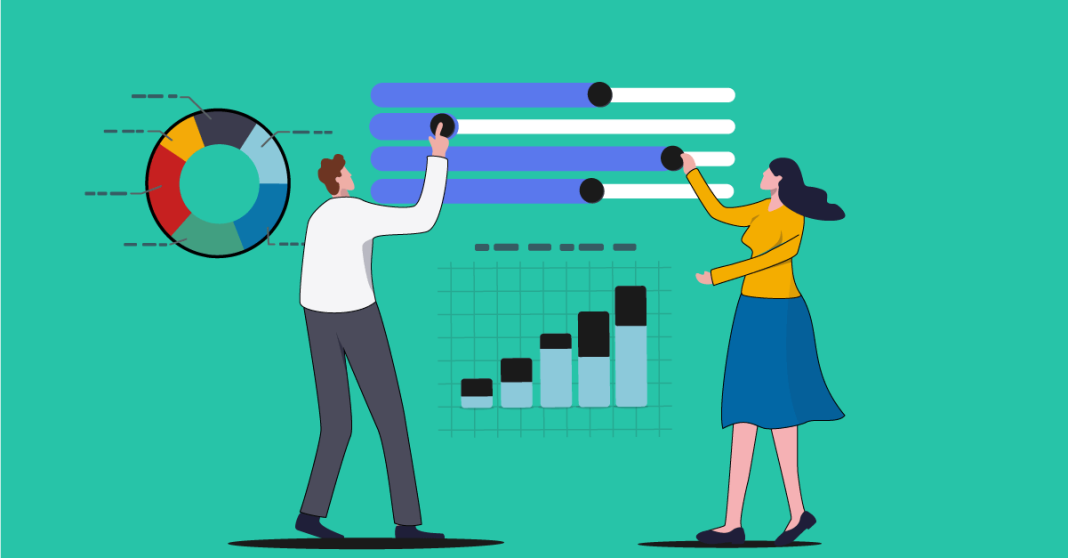Like sales, customer support, and many other related fields, B2B marketing has become predominantly about data. Indeed, you can obtain and process a large amount of B2B audience data from your CRM, paid social accounts, or integrated third-party services.
Yet, collecting, updating, and utilizing B2B audience data for go-to-market strategies demands determination. You must know the key data points relevant to your ideal customer profile (ICP) to develop a growth-oriented marketing strategy. Otherwise, you might blow up budgets and resources but obtain only poor-quality leads.
With that in mind, let’s discuss how to make the most of available B2B customer data by utilizing available MarTech resources.
Types of Data
Spreadsheets with B2B customer data typically represent one of three types of information: data on business entities, people, and users’ behavior. From these, a marketer can get five types of TA (target audience) attributes:
- Demographics data. It specifies the names and job posts of employees, their level of expertise, and employment history.
- Intent data. It indicates the intentions based on behavioral signals and types of content consumed. For instance, since 2018, many SMM marketers have taken advantage of intent-driven B2B Facebook ads enriched by Google search data.
- Firmographic data. Firmographic attributes reveal the legal name of the organization, its location, industry type, headcount, and revenue size.
- Technographic data. It specifies the type of tech stack a company uses based on its subscriptions and acquisition of particular tools.
- Chronographic data. This data type reflects key points of commercial activities: fundraising rounds, IPOs, recent staff onboarding, and the launch of new departments.
It’s generally advised to include all current ICP attributes in your reports to maximize the potential of your audience data. So look into data collected in your ICP questionnaire to define what qualities and parameters your high-value prospects should have.
Where to Source B2B Data
Broadly, we can categorize data sources into internal and external ones.
Internal Data Sources
These are entirely in your domain. Internal data comes from user interactions with your website forms, paid advertisements, and bulk emails. It also includes UGC and different types of customer feedback that can drive your decision-making in sales and marketing.
The only downside of internal B2B data sourcing is that it doesn’t necessarily provide a complete picture of the total available market (TAM) size. Meanwhile, recognizing TAM and having the ability to reach it is crucial for an efficient growth strategy.
External Data Sources
Trusted B2B data providers, like ZoomInfo and Apollo, can supply you with additional data. And if you properly combine and cross-match their data with what you already have in-house, you can aggregate external and internal data in one place.
To do so, try an audience builder platform like Primer that combines the data from 12+ data providers with data from your CRM to analyze your ICP and build hyper-targeted audiences.
How to Keep B2B Data Up-to-Date
According to a report by MarketingSherpa, around 2.1% of B2B contact information expires monthly. On top of that, thousands of firms go bust or merge during a year, executives rotate, and offices relocate.
To keep up with this rapid business landscape transformation, make sure you’ve partnered with data providers that keep track of such changes. Here are a few questions you should ask:
- How often do they update and enhance their B2B databases?
- How do they validate and measure data accuracy?
- What are their privacy practices?
- Do they provide data samples?
Clarify these points to ensure that the B2B audience data you acquire will suit the intended use and is worth investing in.









